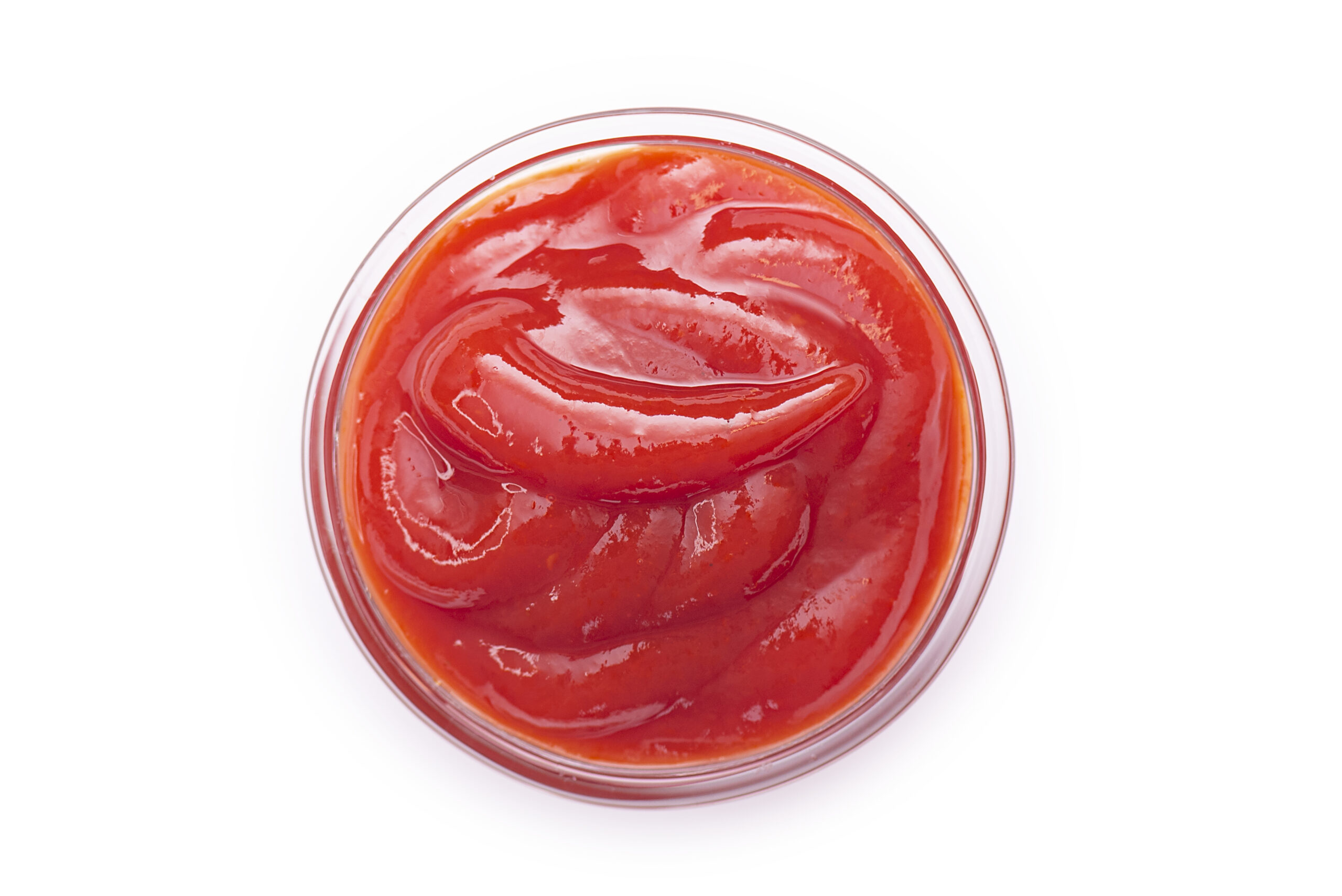Tomato ingredients exist in many ways, but few are as unique as the tomato passata. This condiment is a classic addition to Italian dishes and features many other tomato-based recipes. But what happens when you can’t find some to use in your cooking? Well, here, you’ll discover impressive replacements that can substitute tomato passata in your cooking.
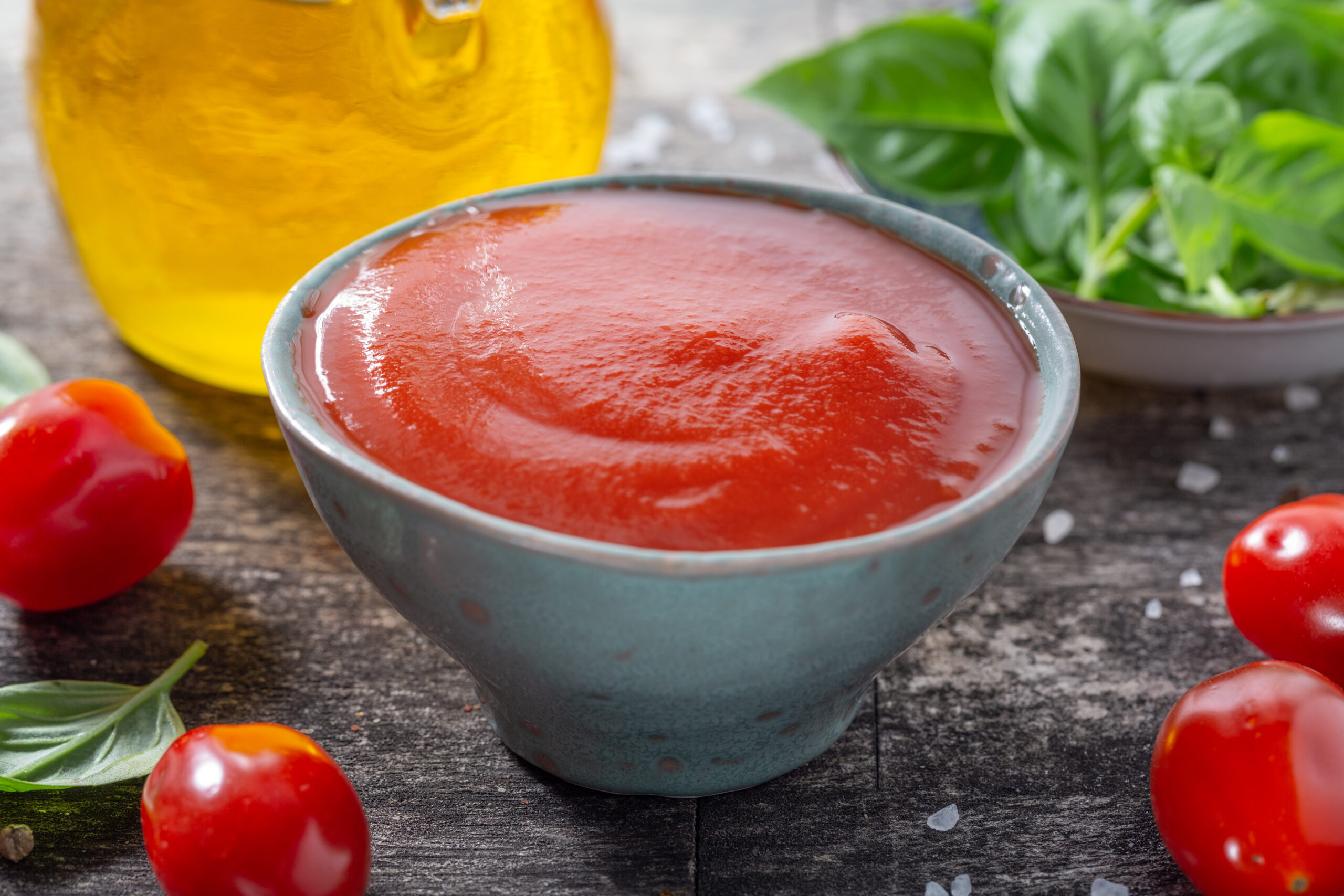
Tomato Passata Nutrition Facts
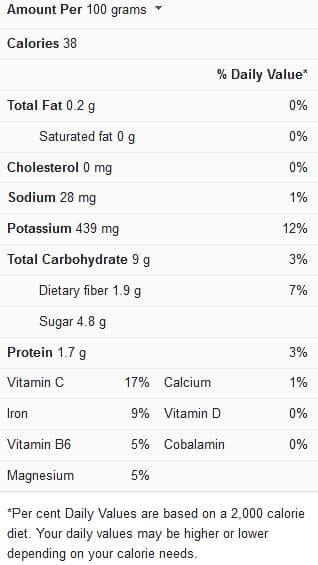
What is tomato passata?
Tomato passata is an uncooked tomato puree that’s been deprived of its seeds and skins. It originated in Italy but is used all around Europe. Depending on the manufacturer, some tomato passatas are chunkier, and some are smoother. Many people claim that tomato passata can also be cooked, but most agree uncooked. You will also find tomato passata spelled passato and passata di Pomodoro, and it can also be called “strained tomatoes.”
San Marzano tomatoes are used to make tomato passata. These variants are oblong, flavorful, and very juicy. The tomatoes are harvested at full ripening, intact, and free of taints. Then, they’re washed, stemmed, cut in half, and squeezed to eradicate their watery juice and seeds. Afterward, they’re sliced and put in a large pot, cooked until they’re broken down, and run through a food mill to remove the skins. And once it reaches the perfect consistency, the tomato passata is poured into sterilized glass jars and sealed with an airtight lid.
A basil leaf is put into each jar before adding the lids and arranging all the full jars into a pot of hot water. A towel or any other slightly thick clothing is placed between the jars to prevent them from bumping into each other and breaking. Then they’re simmered for around 40 minutes, and the heat is turned off, so the jars can cool in the pot.
Tomato passata uses
Tomato passata is ideal for making countless dishes, and it works well as a base for pasta sauces. It can also be an important ingredient for making soups, adding flavor to meat stews, or being used as a simmer for meatballs. Tomato passata is indispensable in preparing eggplant parmesan and meat sauce for lasagna. All kinds of fillings or stuffings benefit from a reasonable amount of tomato passata, as do all types of soups or seafood stews.
Tomato passata can be added to any recipe that calls for tomatoes where there doesn’t have to be pieces of tomato, such as sauces, soups, and stews. It’s especially nice in dishes where you want a fresher tomato flavor to come through rather than a cooked-down version.
- Classic Bolognese
- Spinach and Ricotta Cannelloni
- Spicy Meatballs
- Italian Tuna Pasta Bake
- Chicken Arrabbiata
- Beef Cannelloni
- Italian Pizzettes
- Aperitivo Di Passata
- Baked Cod with Tomato and Olive Sauce
- Gnocchi, Tomato, and Parmesan
- Seasonal Tomato Risotto
- One-Pan Lasagne
- Lamb Shanks Italian-Style
- Hidden Veggie Pizza
- Autumn Minestrone
Substitutes for tomato passata
Running out of tomato passata can be annoying, especially when you’re dealing with a recipe that depends on its effects. But in such times, having a notable substitute for it can save you loads of stress. And below are the best options we think you should consider next time you don’t have tomato passata.
Canned tomatoes
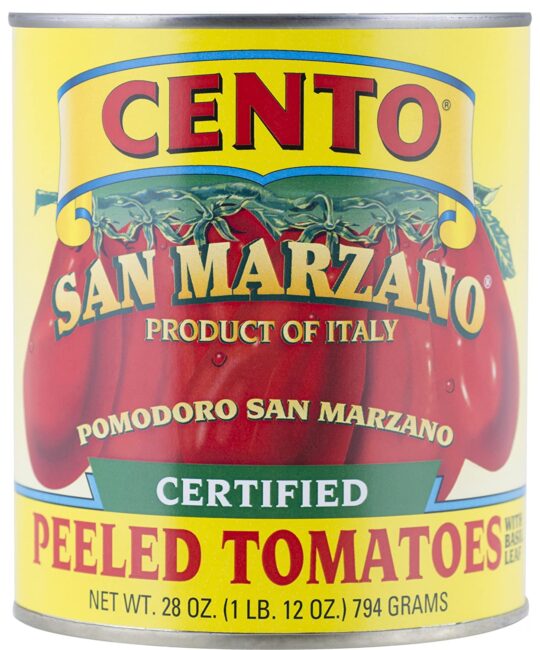
Canned tomatoes are a popular option and the finest substitute for tomato passata. Although, if you use canned tomatoes, you need to note that the tomatoes will be whole with lots of seeds in them. You might even find chopped tomatoes in smooth puree form in some cases, but you might not find them. You can use canned tomatoes at equal ratios as tomato passata. For example, one tin of canned tomatoes makes around half tomato passata.
You can take the tomatoes from the container and blend them to make tomato passata to save you the trouble. Note that you might need to mash them to get the thick texture because blending might also result in a very thin texture. Also, for making one tablespoon of tomato passata, you’ll need to mash or blend a medium-sized tomato. Use one standard canned tomato to replace half a jar of tomato passata.
Tomato paste
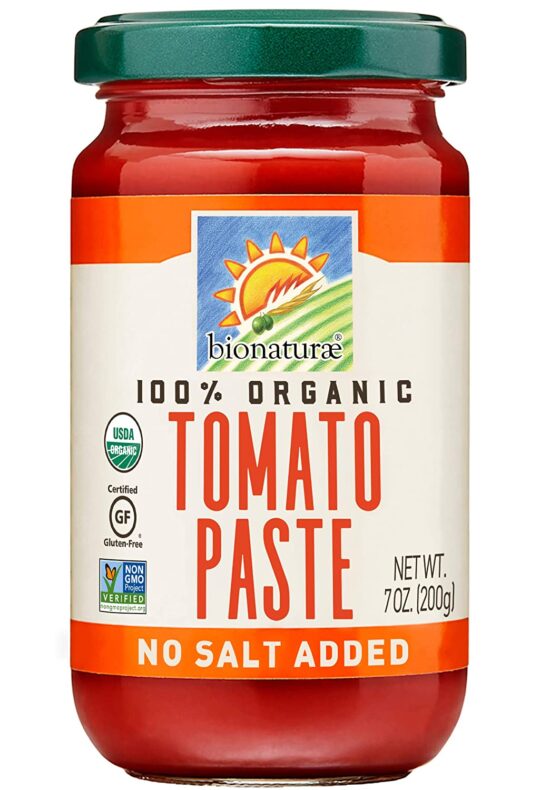
Tomato paste is another effective alternative for tomato passata. It’s tomato passata that’s been condensed by three folds. In all honesty, it tends to be less runny than tomato passata, but the taste profile will be similar. Even more, you can make your tomato passata by diluting the tomato paste. To achieve this purpose, use one part of tomato paste with two parts of water to make tomato passata.
Pasta sauce or marinara sauce
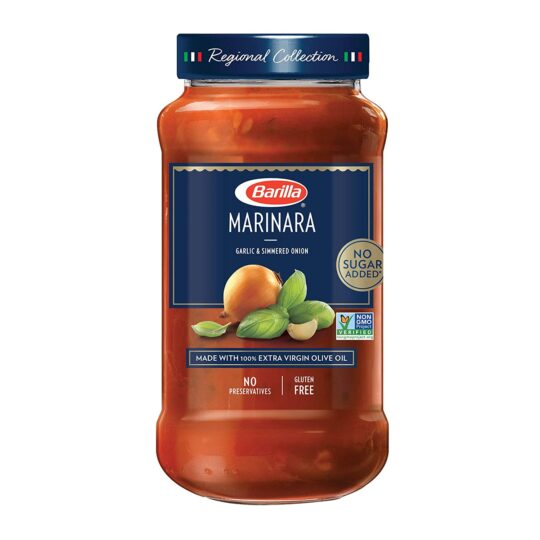

Thinking about using something else that isn’t pasted? Commercial tomato sauces are another option to explore, and they tend to be more concentrated as compared to tomato passata. For instance, pasta sauce comes with additional ingredients like basil or onion, so consider the recipe. For some people, it’s okay in a one-to-one ratio for substitution, but you can also dilute it with water to make a tomato passata-like appearance and texture. Should you need tomato passata to make a sauce, this tomato pasta sauce will be a great option.
The pasta or marinara sauce is proper for selected dishes, but there might be compromises on the thickness of the sauce. However, when you use tomato pasta sauce, you will need to reconsider and lower the cooking time. You can use pasta sauce in the same ratio as tomato passata or dilute the pasta sauce with little water to make it more similar to tomato passata.
Ketchup
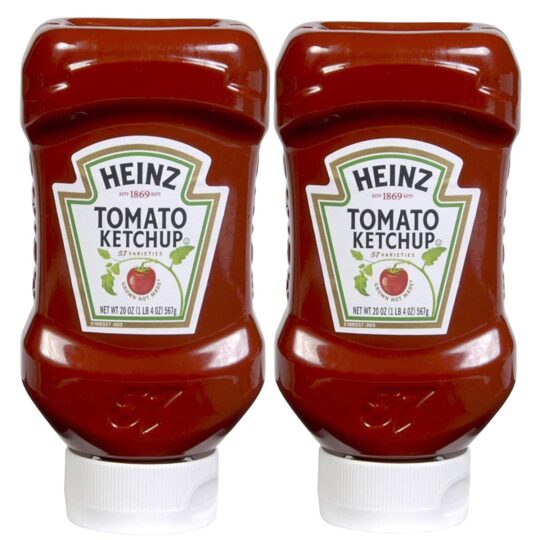
Before we begin, ketchup is less likely to be sweeter than tomato passata, but it will be way more concentrated when compared to tomato passata. So, note that you should only use tomato ketchup as an alternative for tomato passata if you don’t have any other option. Usually, it’s better to add water to tomato ketchup to make it a decent substitute. Still, the flavor of your food will be sweeter, and you might taste extra vinegar and spices.
Use this substitute by replacing half of the tomato passata with ketchup and adding water as needed. Be aware you’ll end up with a significantly sweeter flavor. Plus, there will be a presence of the extra flavors and ingredients from the spices and vinegar used in ketchup, which may be a good thing.
Stock with extra seasoning
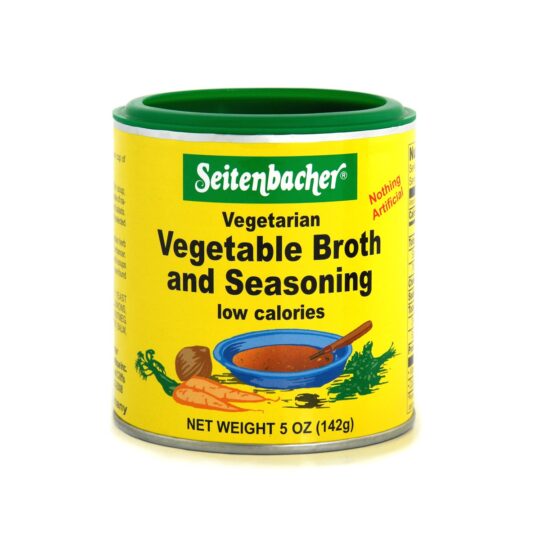
This is another alternative to consider. We’re all aware that tomato passata adds sweet and salty flavors to recipes. A few extra pinches of salt and possibly sugar will work well alongside the water in some situations. You can also add one tablespoon or two of soy sauce to help add umami flavors.
Frequently asked asked questions (FAQs)
Can I use chopped tomatoes instead of passata?
Yes, you can. Though the texture initially looks off, the pieces will break down once properly cooked- which takes about 30 minutes. And the final result would be a texture similar to tomato passata and usable in sauces, sauces, casseroles, and tagines.
What’s the difference between passata and tomato puree?
Both passata and tomato puree offers intense tomato flavor to recipes. But their main difference is in their processing. The tomatoes in puree are heated, skinned, and deacidified before being turned to puree. But for passata, such is never done, and the tomatoes are cold pureed, giving you a raw ingredient.
Is passata the same as pizza sauce?
No, it isn’t, but it can make some. The consistency is perfect for such toppings and can be combined with other ingredients for use as a spread on pizza bases.
Conclusion
Tomato passata is a great way to add tomato feel, color, tastiness, and consistency to any dish. And there aren’t so many ingredients that can match up or bring as much to the table as tomato passata. But these other ingredients can help you achieve your desired outcome, or at least something very close to it.
